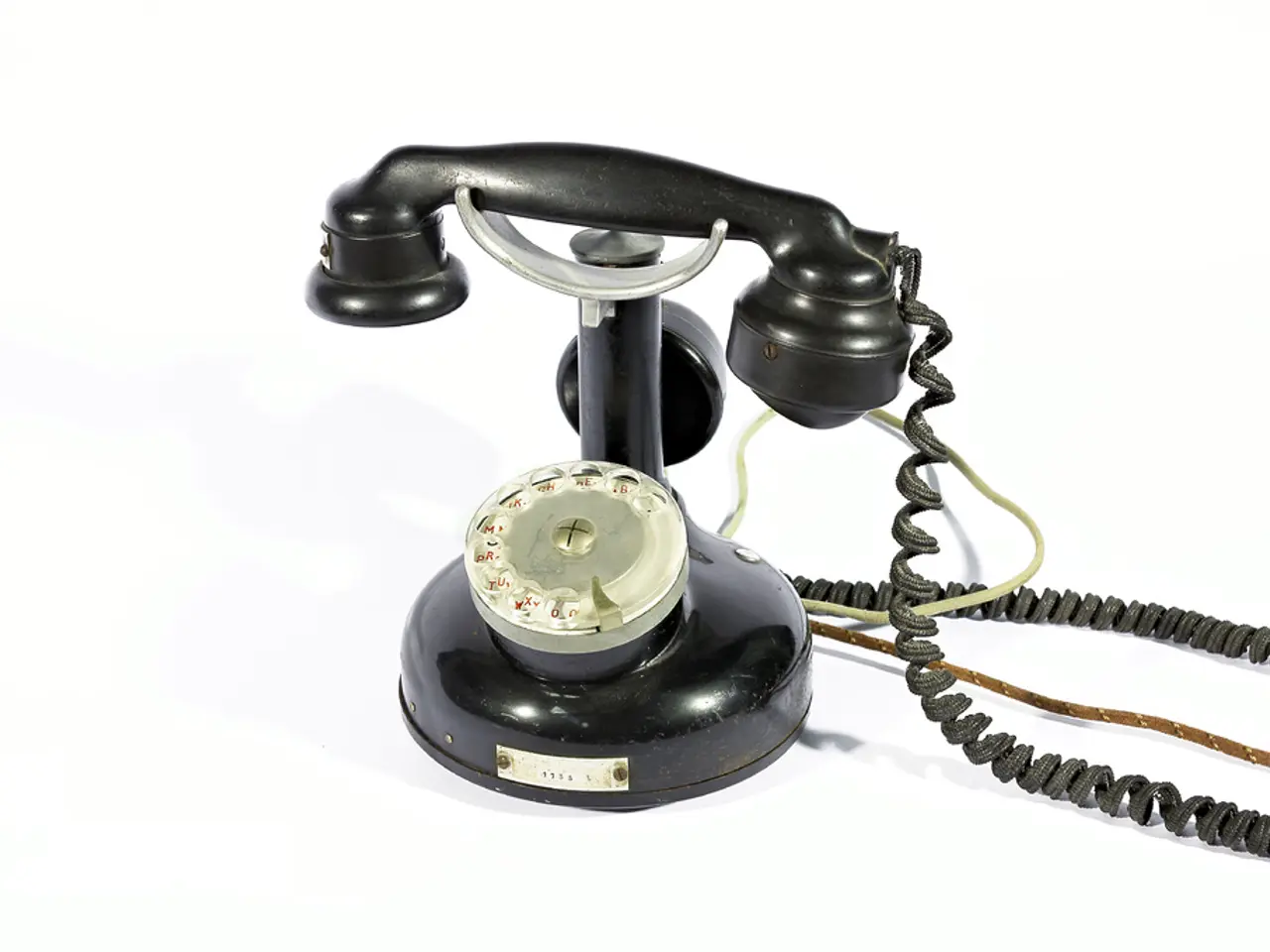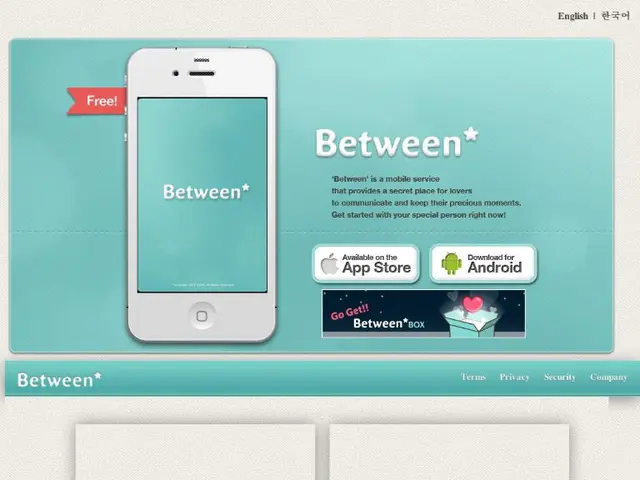Internet giant AOL ends its dial-up service after 34 years of operation.
In the early days of the internet, for many, dial-up internet was the primary way to connect online. One of the pioneers in this field was AOL, which first launched dial-up internet in the United States in 1991.
Back in the 1990s and early 2000s, AOL expanded its dial-up internet services to Europe, amassing millions of subscribers. However, the discontinuation of AOL's dial-up service is the result of an evaluation of the company's products and services, as the cost of maintaining the infrastructure has become prohibitive.
Dial-up internet, which operated by converting digital data to audio signals sent over phone lines with a maximum speed of 56 Kbps, is vastly inferior to modern standards. Even 5G cellular technology can reach speeds of up to 20 Gbps, supporting streaming, gaming, and large downloads.
Modern replacements for AOL dial-up are mostly broadband and wireless technologies that provide faster, always-on internet with improved reliability and capacity, suitable for today's data-intensive applications.
- Satellite Internet: Uses satellites to beam internet access to remote or rural areas where wired connections are unavailable. Providers like HughesNet and Starlink offer faster internet than dial-up, though latency and weather can be factors.
- Fixed Wireless Access (FWA): Delivers internet via wireless signals (e.g., from cell towers) to a fixed location, enabling broadband speeds without needing cables laid to the home.
- Mobile Hotspots: Use cellular networks (3G/4G/5G) to provide portable broadband internet to devices, often with speeds far exceeding dial-up.
- DSL and Fiber Optic Internet: Where available, these wired broadband options provide fast, reliable internet. DSL uses telephone lines but offers much higher speeds than dial-up, while fiber delivers ultra-high-speed connectivity.
- Community Networks and Other Regional ISPs: In underserved areas, community-based or municipal internet services may provide broadband alternatives.
As of 2023, AOL (American Online), now part of Yahoo, is discontinuing its dial-up internet service. In 2018, approximately 2 percent of the European Union population used dial-up to access the internet, according to Eurostat. Today, it is rare for people to continue using dial-up internet due to the expansion of broadband and mobile internet services. In 2018, roughly 88 percent of EU households relied on broadband connections, and by 2021, nearly 93 percent of EU households relied on broadband connections.
This development marks the end of an era for dial-up internet, a technology that has been in service for more than three decades. The AOL Dialer software and AOL Shield browser, optimized for dial-up and older operating systems, will also be discontinued.
- Technology's advancement has surpassed dial-up internet, with modern alternatives like satellite Internet, fixed wireless access (FWA), mobile hotspots, DSL, fiber optic internet, community networks, and other regional ISPs offering faster, more reliable connections suitable for today's data-intensive applications.
- The discontinuation of AOL's dial-up service is a reflection of the costs associated with maintaining dial-up infrastructure, as it is vastly inferior to modern technology, such as 5G cellular technology that can reach speeds of up to 20 Gbps.




